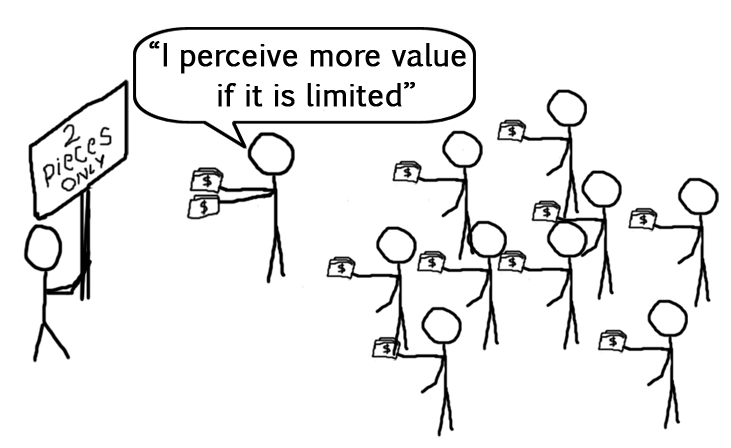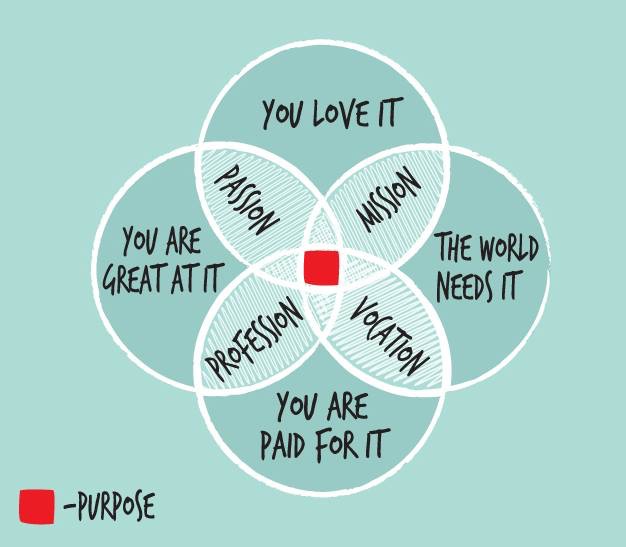value of advice
SEARCH BY SUBJECT AREA
Get financial adviser coach blog updates via email.
Enter your email address to follow this blog and receive notifications of new posts by email.
Facebook: 2831, Twitter: 13061, LinkedIn: 689

How to make yourself scarce…and more valuable!
by Tony Vidler A well established economic AND behavioural principle is that people generally will have higher demand for that which is relatively scarce. Less of something makes it more valuable, right? It is a pretty sound principle that consumers tend to have a higher want for what is perceived to be harder to get […]
Read more.

2 Tips for Unlocking Linkedin Business Benefits
by Tony Vidler While loads of professionals have a linkedin account they haven’t realised the potential LinkedIn business benefits – and it is a business-to-business platform after all. I mean; that is what it exists for. Yet while many have created a presence they still struggle to make the transition from that to creating a […]
Read more.

The cost of convenience in insurance: Underwrite at proposal time, or claim time?
by Tony Vidler Convenience in insurance can come at a steep cost: When does your client want to have the drama with their insurance company? At underwriting time, or at claim time? The cover is going to get underwritten at some point, it really is just a matter of when. This is a confusing facet […]
Read more.

Pro Bono Pays In The Long Run
by Tony Vidler Pro bono is a novel concept for many in an evolving profession – working for free for the public good. But pro bono pays in the long run in a number of ways for a professional. It may sound counter-intuitive but giving away your knowledge, skill and time for free is a […]
Read more.

Innovation in delivering Financial Advice: Does it have to be this way?
by Tony Vidler “Innovation” and “delivering financial advice” do not usually go together for the majority in the industry. The way advice is delivered by tens of thousands of professionals tends to gravitate to the same methodology. There is safety hiding in the herd, right? Then the type of advice delivered by tens […]
Read more.

Crisis Communications: Sending Virtual Hugs Is Not Silly
by Tony Vidler ok…maybe it isn’t appropriate for professionals to actually send virtual hug memes. But then, maybe it is. It all depends on the relationship you have with the client doesn’t it? For some it might indeed be right….but that isn’t really the point of this article. It is the concept of “sending […]
Read more.

Compliant Advice: Paper Beats Scissors Every Time
by Tony Vidler When it comes to compliant advice Advisers really need to grasp that they are playing a game of “Rock, Paper, Scissors” with every client engagement now. There almost certainly will be an instance where a client throws the Rock…. We try to beat it with Paper. Complaints authority or regulator takes to […]
Read more.

Demonstrate Value And Prospects Will Choose You
by Tony Vidler Smart advisers today make sure they are demonstrating their value to prospects. Having a prospect who is interested enough to hear what you have to offer has always been a necessary step on the path to getting a client, and it obviously remains so today. However, who the prospect decides […]
Read more.

Knowing Your Professional Purpose Is Your Game Changer
by Tony Vidler All the regulatory change has many advisers seriously thinking about how to position for the future, and how to lift performance in a time of squeezed practice margins. Many are stuck in their existing paradigm of doing business though, and struggle to accept things like remuneration models changing rapidly, long term shifts […]
Read more.

If you want people to buy your advice, then dumb it down!
by Tony Vidler When it comes to getting someone to buy your advice one of the best tips I can give is “dumb it down- but don’t treat them like dummies“. There is a big difference between “dumbing it down” and treating people like dummies. The first is about simplifying the message in order […]
Read more.
© 2018 Tony Vidler - Business Adviser. All rights reserved. Design by neromotion_
